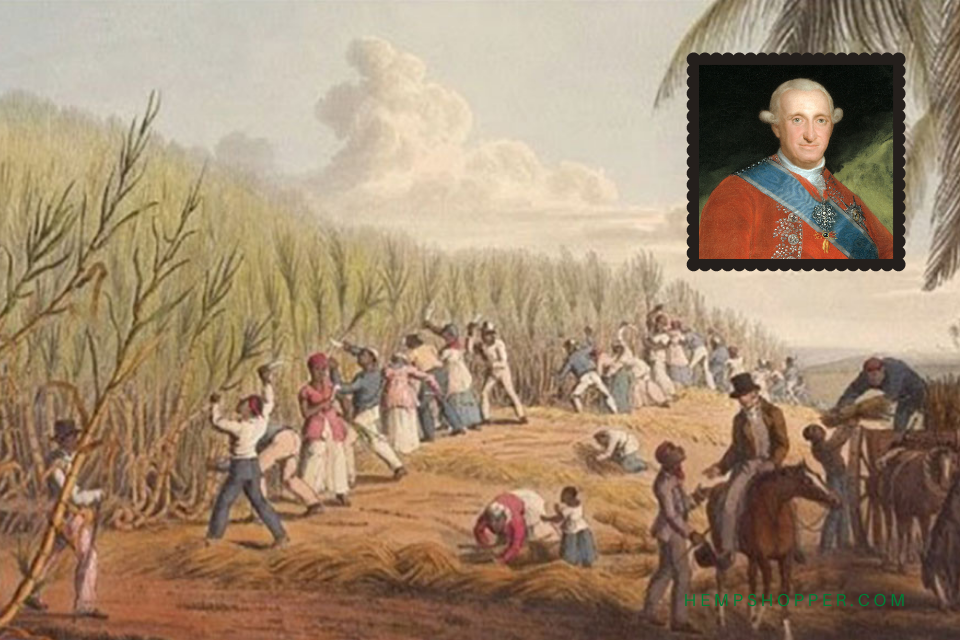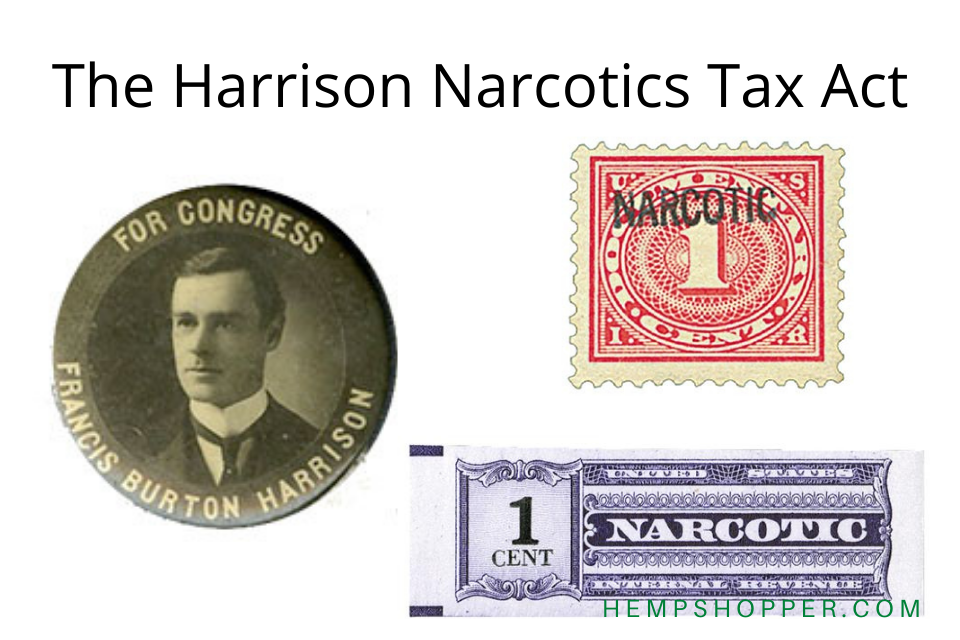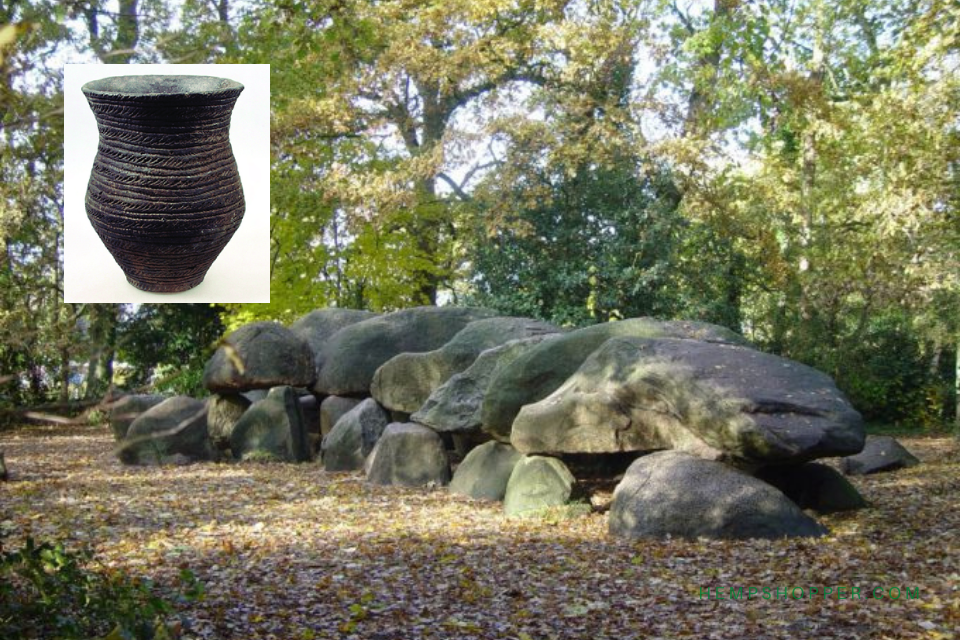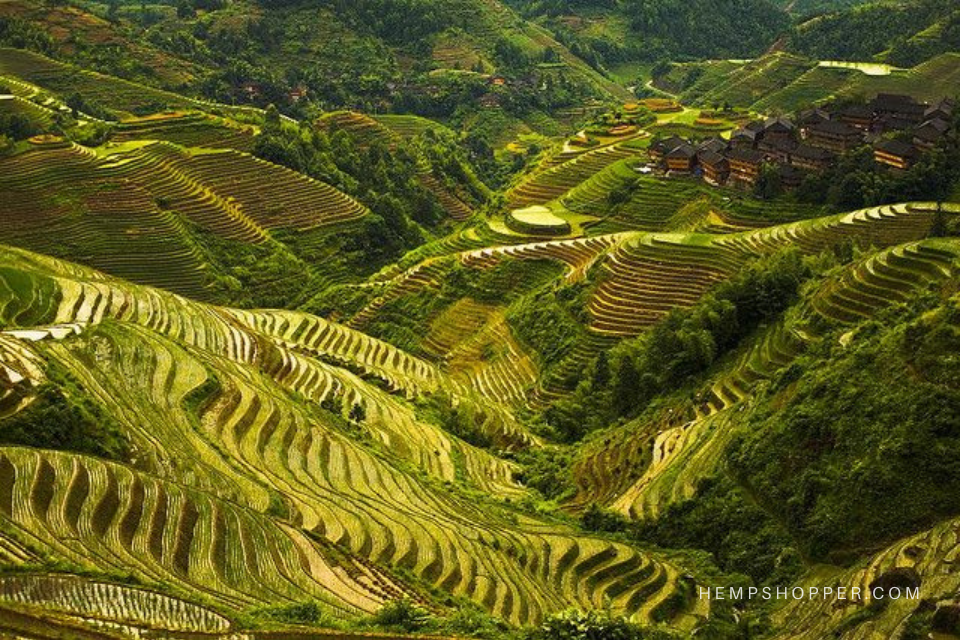1000 BCE: Bhang is first used in Hindu rites in India

1000 BCE: Bhang is first used in Hindu rites in India.
Bhang is made from cannabis leaves and buds and is smoked or consumed as a beverage in the Indian subcontinent.[1] The Bhang recipe is based on ancient Vedic traditions, and is said to be over 4000 years old. Bhang was first used as part of the Hindu rite in India around 1000 BC. Around the eigth century CE Bhang was integrated into the medical practice of Ayurveda, where it became an integral part of Hindu culture.
The herb was devoted to Lord Shiva on Shivratri, a Hindu festival. Sadhus and Sufis used Bhang to boost meditation and to achieve transcendental states. Bhang is also used amongst Sufis as an aid to spiritual ecstasy. The nihang sect of the Sikh community are one of the consumers of bhang and in their terminology, it is called Sukhnidhan. [2] It started as an ayurvedic medicine wherein, the main use for the Nihangs was to aid in reducing pain from battle wounds, and digestive assistant.
The tradition of consuming bhang during Holi is particularly common in North India where Holi itself is celebrated with a fervor unseen elsewhere.
Bhang is heavily consumed in Mathura, an ancient town of religious importance to the Hindus. Here the practice is believed to have been introduced by the followers of Lord Krishna and has stayed over since. The Choubey community or the Chaturvedi’s of Mathura have a long history of consuming Bhang on a daily basis. They begin the preparation by Sanskrit chants and recitation of prayers to Lord Shiva. Some people from Mathura take Bhang to work up their appetite while others do it to relieve themselves of stress. But the hub of bhang use is Varanasi or Banaras, the Land of Shiva, where the bhang is prepared on its famous ghats.
Anywhere on the ghats, one can find large number of men engaged in the process of preparing bhang. Using mortar and pestle, the buds and leaves of cannabis are ground into a green paste. To this mixture milk, ghee and spices are added. The bhang base is now ready to be made into a heavy drink, thandai, an alternative to alcohol; this is often referred to casually, if inaccurately, as a “bhang lassi” (lassi being a better-known and similar drink). Bhang is also mixed with ghee and sugar to make a green halva, and into peppery, chewy little balls called ‘golee’ (which in this context means candy or pill in Hindi).
Bhang Ki Thandai also known as Sardai is a drink popular in many parts of sub-continent which is made by mixing bhang with thandai, a cold beverage prepared with almonds, spices (mainly black pepper), milk and sugar.
The tradition of consuming bhang during Holi is particularly common in North India where Holi itself is celebrated with a fervor unseen elsewhere.
Being so ancient, bhang has become an integral part of Indian tradition that it has become symbolic for many things.
It is associated with Lord Shiva, as the cannabis plant is regarded as holy by Hindus.
In some sections of rural India, people believe in the medicinal properties of the cannabis plant. If taken in proper quantity, bhang is believed to cure fever, dysentery and sunstroke, to clear phlegm, quicken digestion, appetite, cure speech imperfections and lisping, give alertness to the body [3].
1. Bhang definition Encyclopædia Britannica. Retrieved 10 April 2010. 2. FULLER, Robert (2000): Stairways to Heaven. Westview Press. 3. Holi Festival Tradition of Bhang. 4. Wikipedia. Research and text © Hempshopper Amsterdam

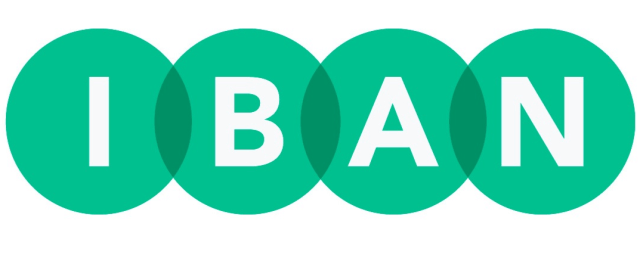
 Hempshopper Amsterdam
Hempshopper Amsterdam 
